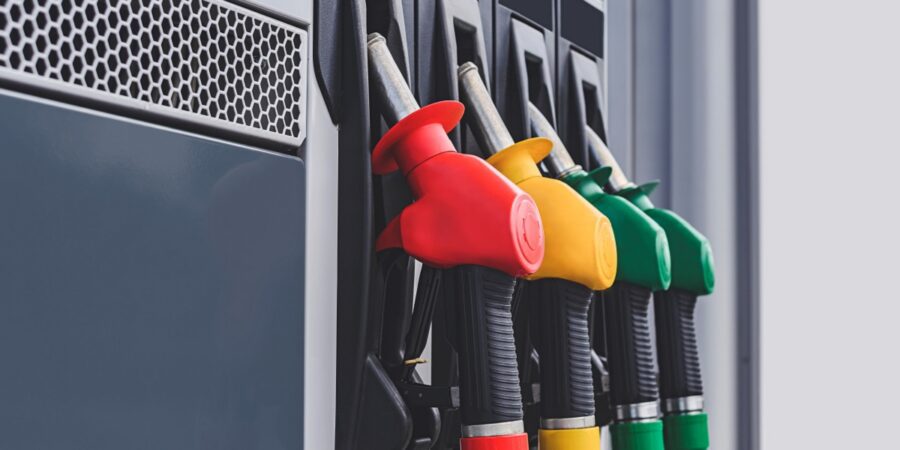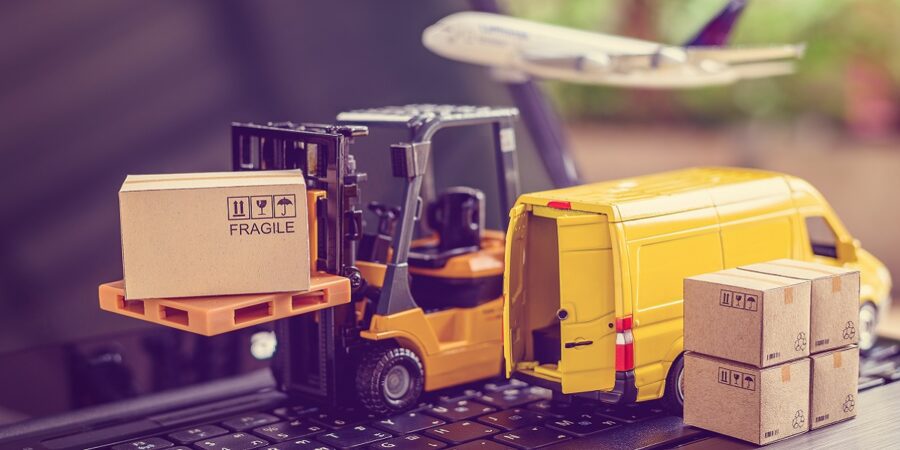
Retail
Beyond BOPIS: What’s Next for Smart Lockers? | Q&A with Chris Walton
Written by: Jordan Byrd
5 Min Read
Published: February 2, 2022
Updated: March 31, 2023
Jordan Byrd, Director of Retail Sales at Parcel Pending by Quadient, recently spoke to Chris Walton, CEO at Omni Talk, about the future of the customer experience, how retailers are evaluating CX investments, and what’s next for smart lockers in retail.
Byrd: What are some of your observations as they relate to consumers’ use of BOPIS over the past few years?
Walton: My main observation is that it has exploded, partially wrought by the pandemic but also because it just makes sense as an option for many consumers.
By that, I mean that: 1) oftentimes it is is cheaper to pick something up than to pay for delivery 2) the BOPIS process inherently assures consumers that stores will have the items they want before they actually make a trip to the store 3) from a convenience standpoint, there are times where it is easier to have something waiting at a store and to pick it up on the way home from work or as part of another errand than say having to worry about whether something will arrive on the porch in time or needing to be home at a specific time to accept a delivery.
For all these reasons, BOPIS is here to stay and isn’t going anywhere. In fact, it will only take on new dimensions that play into all the dynamics I just mentioned above, and, specifically, as I have written about for Forbes, the “S” in the term will also get deemphasized more and more over time, even though the practice will continue to increase.
A recent Forrester report revealed that consumer interest in using parcel lockers for BOPIS has more than doubled over the past year. Why do you think lockers have moved from “hype” to “hot”?
This is a great bridge off the last question. The reason why the “S” will become de-emphasized and replaced with things like an “L,” for “Locker,” is that it is human nature to want to do things as quickly and easily as possible.
Lockers help to remove unnecessary steps in the process. Instead of having to go into the store and to interact with humans to pick up products, lockers allow consumers to bypass this, quite frankly, needless step.
All of which is now at a premium, too, with contactless retail now being all the rage.
Lockers, whether inside a store, inside a vestibule, in a parking lot, or wherever, provide an access point to get consumers what it is that they want quickly and easily, all on their own.
A seamless customer experience is essential at this point. What are some of the key metrics that retailers should use to evaluate the success of investments in their CX strategy?
I always come back to the “customer love” idea espoused by Amazon – the idea being to find and deploy solutions that customers love and then to work backward on the economics.
That’s why with lockers retailers should be focused first and foremost on their customer response and usage rates. Things like net promoter scores and year-over-year customer usage rates and total customer growth rates, while basic, seem like the right places to start.
How can retailers change the way they evaluate CX investments (like lockers), given these initiatives are breaking the mold in the way retail executives view and budget for BOPIS initiatives?
I don’t know that retailers need to change the way they evaluate CX investments like lockers. It is just more about having the right stage-gate approach to the process.
The first pilot implementations have to be about what I just discussed – i.e. R&D to determine customer appetite for the innovation in question. And that takes patience and willingness to go into the bet saying, “Ok, if this doesn’t work, how much I am willing to lose for the sake of education?” It is almost like retailers need to look at the early stages of these efforts like a doctor or dentist would look at the continuing education they are required to take every year.
Once the early-stage education is learned, then and only then should the more hardcore financial constraints, like ROI, be added into the equation.
Leading retailers are not only looking to improve their BOPIS experience but their return experience as well. How do you see lockers playing a role in returns logistics?
This is a great continuation of the thread from above. Similar to how it is essentially needless to enter a store and to talk to a human to pick up products, the exact same thing could be said about returns.
And, for that reason, we will begin to see much more experimentation from retailers trying to figure out how to use lockers as part of their return operations.
Similar to how BOPIS defrays the cost of shipping for retailers, the same can be said for establishing new processes for returns vs. having to afford the cost of taking more and more online returns with each passing year.
Many retailers are partnering with third-party services (e.g., Shipt, DoorDash, etc.) to fulfill orders faster for customers. This can sometimes cause congestion in pick-up queues or customer service areas. Do you think retailers would consider using lockers to fulfill these home delivery orders alongside BOPIS orders?
100%. There is no doubt we will see growth in this area too, especially when one considers the rapid increase in investment in things like micro fulfillment automation solutions. As retailers begin to take back control of picking and packing from the third-party delivery services through automation, having lockers as a natural location to house and stage orders for either pickup by customers or for last-mile delivery drivers just makes so much sense.
In fact, some of the micro fulfillment operations onsite at grocers that exist today have even begun taking this exact approach.
What other use cases (emerging or otherwise) can we expect to see lockers used for?
I alluded to it a little bit above, but the other area where we will see innovation is in the location of lockers themselves.
For example, I predict that over time lockers will start to be incorporated into the curbside or drive-up experience and that may be out in front of a retailer’s store or could also be at a location nowhere near the store but at a central traffic hub.
As a result, the store parking lots of the future, and even the post offices of the future, will look very different than they do today.
About Omni Talk:
Omni Talk is the retail blog for retailers, written by retailers. Chris Walton and Anne Mezzenga founded Omni Talk in 2017 and have quickly turned it into one of the fastest-growing blogs in retail. They have a loyal following on their blog and on LinkedIn, comprised of hard-core retail junkies across all walks of life – retailers, tech companies, CPGs, and consumers. Their work is seen by as many as 2 million people each month on Forbes and across other retail outlets, like the Robin Report and Retail Dive as well. Learn more by visiting www.omnitalk.blog or by subscribing to their e-mail newsletter.



